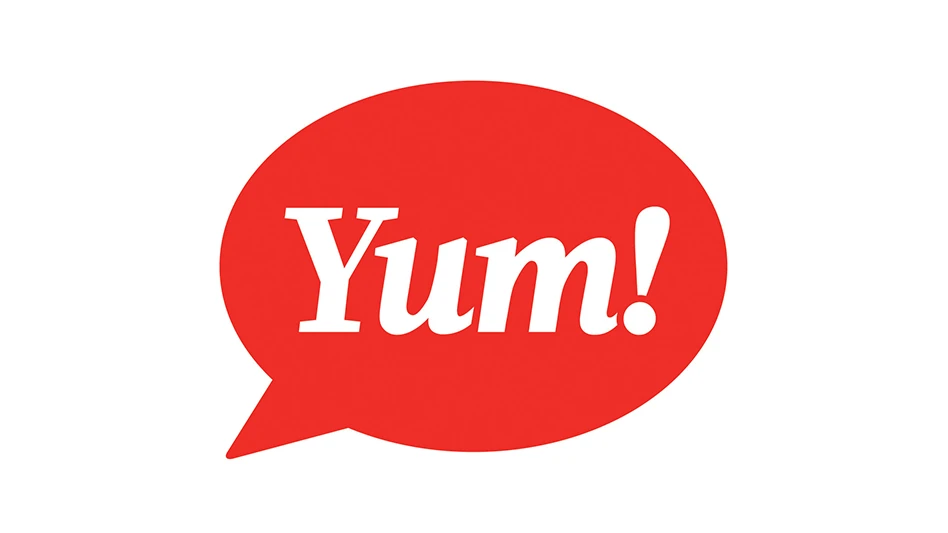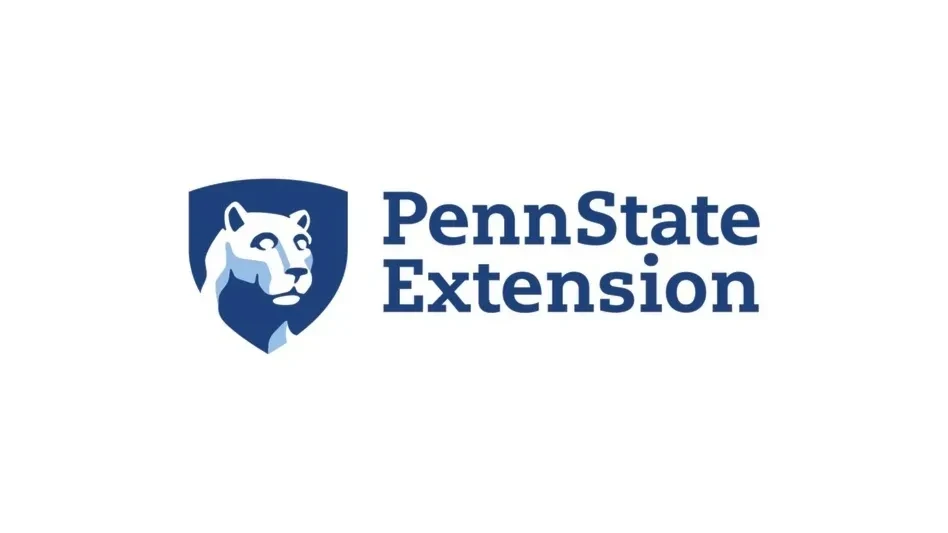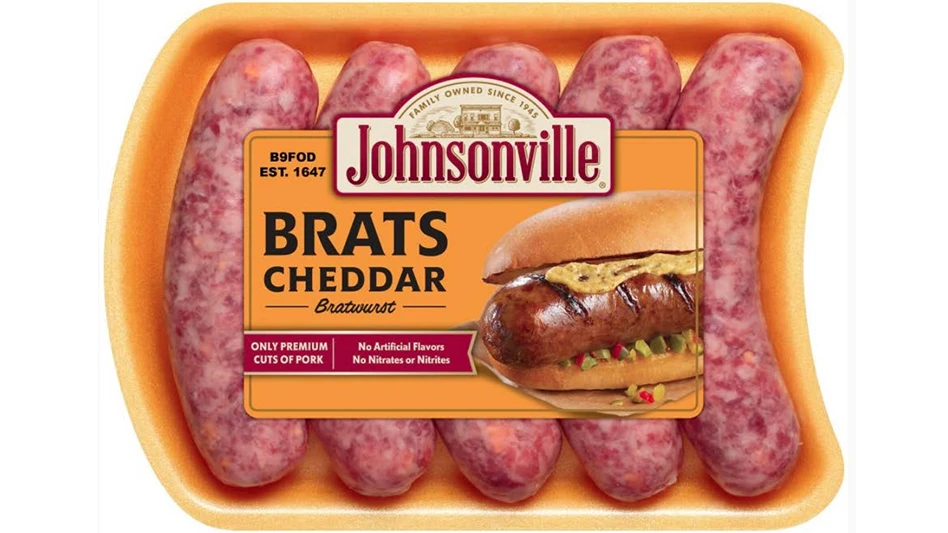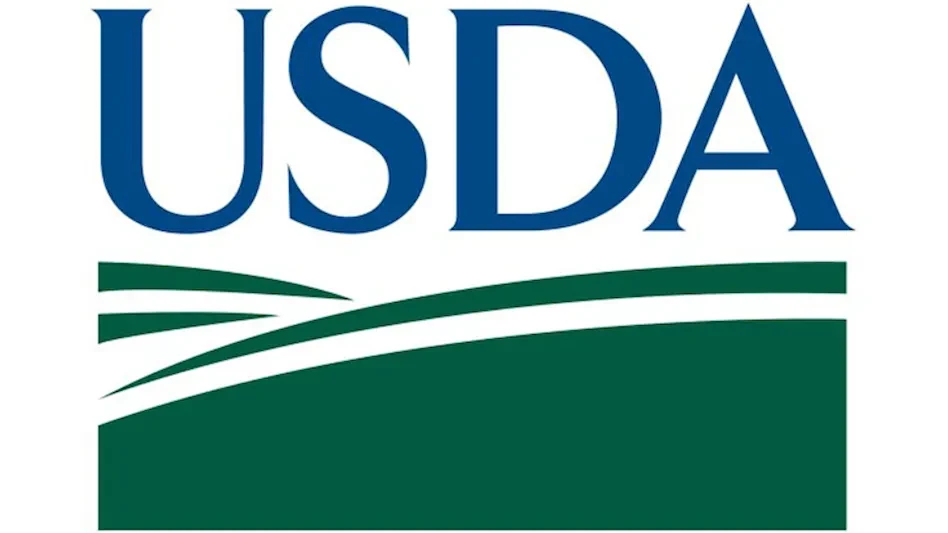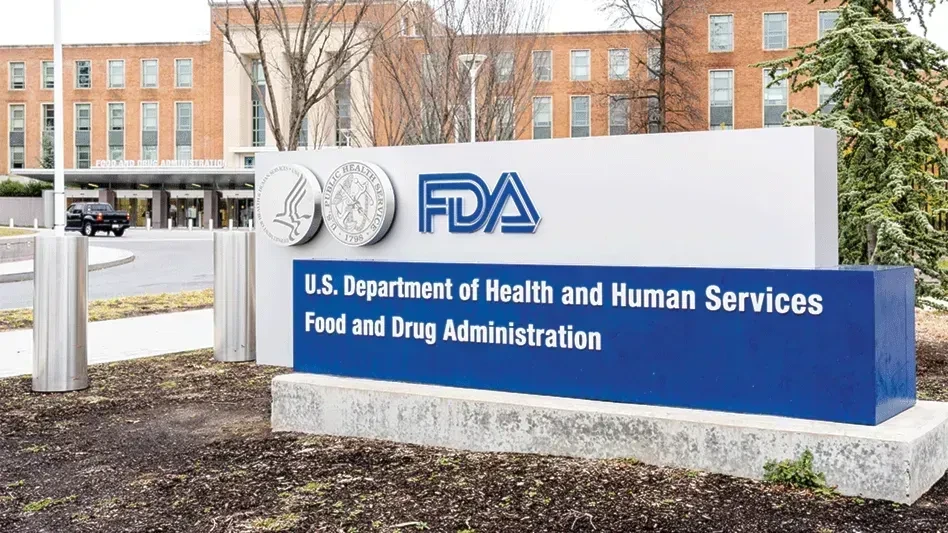
Even as a professional in the food industry, it is likely that there are times you’ve sat down to a meal and wondered where the food came from … or how many hands touched it. What was the process to get it from the farm to your fork? Is it safe to eat?
It was my curiosity about these questions and more that led me to study food science. Through classes on food microbiology, chemistry, and engineering, the food science world began to make sense. I understood how product went from farm to fork as well as how safe food is to consume. Years later food safety is still my passion. Without food safety, our future food supply will not be able to maintain the consumption rate.
The population is estimated to increase by about 2.3 billion by 2050, so the food supply also will have to increase. New technology will allow an increase in yield and quality, and food safety technology is only just beginning.
Positive changes also have been implemented for the food industry. Rather than allowing individual facilities to be responsible for their own food safety, it is now regulated to ensure all facilities are following food safety procedures and preventing consumer risks. I see this continuing to expand in the years to come. The more that companies, industries, and countries work together, the safer food will be. Sharing best practices and research will improve everyone’s practices and keep food safe. The globalization of food safety will continue to expand, allowing for safer food worldwide.
Although processed food has a negative connotation; processed does not have to be harmful. Food processing is defined as “changing a food in any way before it is consumed.” But “processed foods” can be as simple as dried grapes or frozen cherries or as complicated as a frozen meal or cheesemaking. So, processing does not mean food safety is compromised or food isn’t natural. Food can be processed and natural (e.g., fruits, vegetables, potato chips, and rice).

The focus on food safety has recently been heightened and this increased focus will allow for safer food products. When I read articles about new food developments; new technologies to enhance food; and new research to eliminate hazards from food, I get very excited.
Years ago, filtration, separation, and pasteurization were not even a thought. Now look how far the food safety industry has come:
- Research is being conducted to allow for early detection of disease in crops and animals with the expectation that early detection can eliminate the problem for a higher yield.
- New technology is being developed to allow consumers to scan a barcode and show produce traceability.
- Research is being completed to identify all the individual strains and DNA of foodborne bacteria to determine the root of any illness.
- Shelf-life studies are being conducted to test if light-based technology can increase the shelf-life of various items.
- Packaging is being developed to enhance the shelf-life or determine the freshness of food.
- Scientists are looking at natural applications to preserve food.
New things are being tested every day and there are endless possibilities. I can’t wait to see what the future of food safety and technology holds. Testing and research take time and work, but are worth it in the end. Food safety cannot be compromised in today’s new developments.

Explore the June 2017 Issue
Check out more from this issue and find your next story to read.
Latest from Quality Assurance & Food Safety
- Ferrero Group Invests $445 Million in Ontario Production Facility
- Nelson-Jameson Announces Grand Opening for Pennsylvania Distribution Center
- Taylor Farms Linked to Romaine E. coli Outbreak as Marler Clark Files Multiple Lawsuits Against Supplier
- IAFNS Announces Winners of Emerging Leader Awards for Food Safety, Nutrition
- FDA Shares Testing Results for PFAS in Bottled Water
- Provision Analytics Adds Food Safety Expert Jennifer Williams to Strategic Advisory Group
- Boston Sword & Tuna Protects Seafood Safety with Mettler-Toledo Metal Detectors
- IFT Releases New Resources to Aid Food and Beverage Industry in Sugar Reduction
